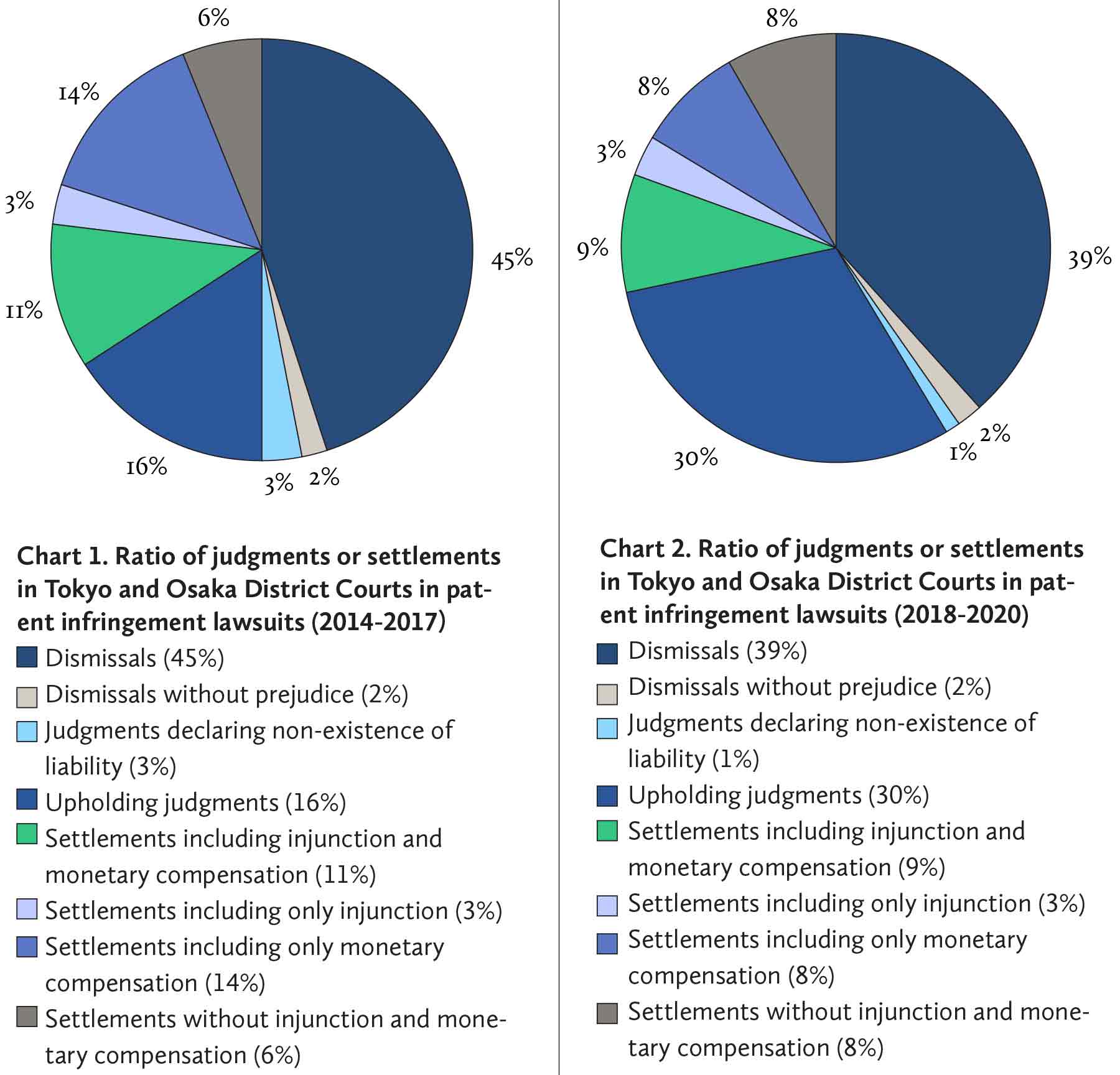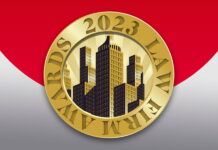Patent legislation across Asian jurisdictions is constantly catching up with the pandemic’s demands, with stronger protection, foreign filing and higher compensation being common themes. However, the gaps persist, and businesses need to fathom the domestic barriers to stay ahead.
Under economic challenges brought by the pandemic, an accurate understanding of the values and risks of patents, and efficiently utilising them, are more important to protect business and profits. The patent situation in Japan has changed rapidly in the past few years, and it may have a significant impact on business.
Japanese patent rights have become significantly more powerful in the past few years, with obtaining patents and filing patent infringement lawsuits becoming a more attractive option. At the same time, the risks of patent infringement are significantly bigger, and a careful evaluation is highly important when conducting business. This article explains this situation with objective data, which indicates this “pro-patent” tendency.
Recent situation

Attorney at Law at Ohno & Partners in Tokyo
Tel: +813 5218 2339
Email: tadah@oslaw.org
Japan has recently given much stronger protection over patent rights. For example, the country has amended damages presumption clauses of the Japanese Patent Act to make it easier for a patent owner to prove more serious damages, as mentioned in article 102 of the act. Also, article 105-2 stipulates a newly established inspection system to make it easier for a patent owner to collect evidence under the control of an accused infringer. As a patent litigator, the author feels that judges are more friendly towards a patent owner than before.
Winning rates of patent owners
The winning rates of patent owners has rapidly increased in the past few years. The Intellectual Property High Court since 2014 has annually disclosed statistics regarding patent infringement lawsuits.
Expansion of infringement
The charts below are based on the differences between two sets of statistics. Chart 1 shows the ratio of judgments by, or settlements in, Tokyo and Osaka District Courts from 2014 to 2017, and chart 2 shows the ratio from 2018 to 2020. They clearly show that the winning rate of patent owners has significantly increased recently.
The percentage of upholding judgments was 16% from 2014 to 2017, but it drastically increased to 30% from 2018 to 2020. Also, the ratio of dismissals was 45% from 2014 to 2017, but it dropped to 39% from 2018 to 2020. Notably, many settlements are favourable for plaintiffs, so the substantial winning rate for patent owners is much higher than 30%.
This clearly shows the recent pro-patent tendency of Japanese judges. Now it is much easier for a patent owner to win an infringement lawsuit than before, and it is very difficult for an accused infringer to defend themselves successfully.
Increase in compensation
The amount of monetary compensation has increased in the past few years. Chart 3 shows the ratio of each amount of monetary compensation awarded under judgments by, or settlements in, Tokyo and Osaka District Courts from 2014 to 2017, and chart 4 shows the ratio from 2018 to 2020.
Significantly, JPY100 million (USD887,900) or more was awarded only in 16% of cases from 2014 to 2017, but that increased to 30% from 2018 to 2020. Also, JPY10 million or more was awarded in 53% of cases from 2014 to 2017, but that has increased to 65%. The ratio of payments less than JPY10 million dropped from 47% to 35%.
These data clearly show that the monetary compensation amounts awarded in judgments and settlements have been increasing recently.
The grand panel decisions of the Intellectual Property High Court in 2019 and 2020 have shown its intention to increase damages amounts, and Japan has amended its Patent Act to increase presumed damages amounts. The above data show that the monetary compensation amounts awarded in judgments and settlements have increased.
Influence of pro-patent tendency
The data show that Japanese patent rights are much stronger now. This change has been rapid and significant, and the value and risks of Japanese patents are different from a few years ago. But the change is as yet not well recognised.
Japan is now an attractive option for a company choosing a jurisdiction to file a patent infringement lawsuit. The Japanese court system has special divisions that handle only IP cases, and the judges are specialised and skilled in patent litigation. Besides, they have tended to decide for patent owners in close cases recently, as the data show. Patent infringement lawsuits in Japan are a reasonable choice for companies that actively use their patents to gain profits.
At the same time, patent infringement risks are greater now. Unlike the US, Japanese courts grant injunctive orders without additional requirements if there is a patent infringement, and this may have a critical impact on companies’ business in some circumstances. In addition, the damages amounts are tending to be larger. Accordingly, a careful risk evaluation, such as free-to-operate research and patent invalidity evaluation, is highly important when conducting business in Japan. In some circumstances, a re-evaluation of patent infringement risks is recommended, considering the recent pro-patent tendency.

OHNO & PARTNERS
21/F, Marunouchi Kitaguchi Building
1-6-5, Marunouchi, Chiyoda-ku
Tokyo 100 0005,
Japan
Tel: +813 5218 2331
Email: ohnos@oslaw.org
































